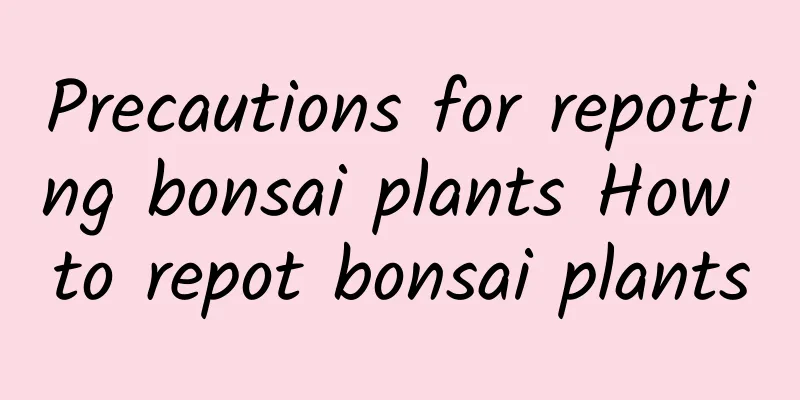Pests and diseases of Huangli and their control methods

Common diseases and pests of HuangliDiseasesCommon diseases of Huangli include rust and leaf spot. When the disease occurs, rust or dark spots will appear on the leaves, affecting the appearance. When the spots are large, they will hinder photosynthesis and affect the growth of the plant. And if it's sick, how can it possibly raise a jelly-colored Huangli? In fact, these are all secondary. Once the Huangli is diseased, its ornamental value will be reduced and its growth will be inhibited. If no effective solution is found, the plant will slowly wilt and eventually die. PestsCommon pests of Huangli are scale insects and root-knot nematodes. Scale insects mostly occur on the surface of leaves, sucking sap and affecting growth. In severe cases, leaves fall off and sooty disease is induced. Scale insects are prone to occur in high temperature and poorly ventilated environments. Root-knot nematodes mainly appear in the soil and are difficult to detect in the early stages. When the leaves of the plant wilt and there are bumps on the soil surface accompanied by white colonies, it is necessary to remove the plant from the pot or irrigate the roots to kill the insects. The first thing root-knot nematodes harm is the roots, blocking the transport of nutrients between the roots and leaves, thus causing the death of the entire plant. Prevention and control methods of diseases and insect pests of HuangliStrengthen maintenancePrevention is the main approach when it comes to diseases and insect pests. In the summer, when diseases and insect pests are most prevalent, pay attention to increasing ventilation, controlling watering, lowering humidity, and keeping the air dry. Remove diseased leavesMild means that there are only a few spots or sparse insects on the leaves. At this time, you can scrape the insects off with a bamboo stick, or use tweezers to pinch out the insect body, but be careful not to damage the leaf surface, or combine pruning to cut off the diseased leaves. SprayingDuring the outbreak period, fungicides should be sprayed promptly, 1000 times diluted 40% oxydemeton-methyl emulsifiable concentrate, or 80-100 times diluted acaricide, spray once every 7 days, and spray continuously 2-3 times. Alternatively, you can bury 15% iron chlorpyrifos granules in the pots, 1-2 grams per pot (15 cm diameter). |
<<: Diseases and prevention methods of Jade Dew
>>: What should I do if my bear paw has black spots?
Recommend
Does the ball orchid David Deloitte flower?
David's Hoya is a miniature Hoya with small l...
How to graft the yellow peel tree to improve the survival rate (when is the best time to graft the yellow peel fruit)
1. Grafting time The grafting time of yellow frui...
How to breed Qingshengjin
1. Cutting propagation of Qingshengjin 1. Time fo...
Where are the best places to grow sweet potatoes?
Sweet potato planting conditions Sweet potatoes p...
What to do if Christmas cactus doesn't bloom
1. Reasons for not blooming 1. The lighting time ...
What flowers bloom in summer
1. Lotus Lotus is an iconic flower of summer. It ...
The role of Hypericum
The role of Hypericum: ornamental Hypericum, Hype...
When is the best time to plant camellia?
Camellia is a flower plant with large flowers. It...
Why is Mimosa shy?
1. Reasons 1. Mimosa is different from other plan...
The efficacy and function of Cordyceps
Medicinal effects of Cordyceps sinensis Nature an...
Introduction to apple seedling varieties (red flesh apple seedlings, red heart apple seedlings)
1. New Apple Varieties Red flesh apple seedlings:...
Cultivation methods and precautions for large pot Phalaenopsis
Phalaenopsis orchids have large, bright-colored f...
How to reproduce snowdrops
Propagation of Snowdrop by dividing bulbs Snowdro...
Which one is easier to grow, spider plant or orchid? What are the differences?
1. Orchid 1. Loam: It likes soil with strong wate...
Pests of Patchouli and Their Control
Pests of Patchouli and Their Control aphid The ad...









